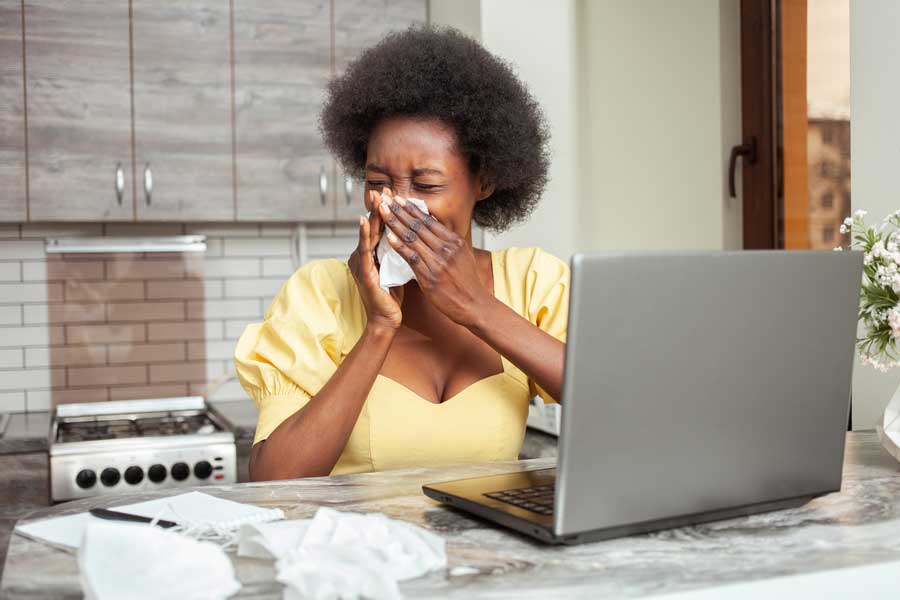You may be surprised at just how much pollution is lurking in the air inside your home.
You may not even be aware of the ways pollutants, toxins, and otherwise unhealthy fumes are generated indoors.
Read on for these surprising sources of indoor air pollution.
Volatile Organic Compounds (VOCs)
Volatile Organic Compounds, or VOCs, are toxic airborne particles released into indoor air every day by the most seemingly innocent things throughout your home.
Consistently breathing in VOCs can worsen asthma symptoms, irritate the eyes and throat, cause severe headaches, cause fatigue, and make you feel sick and generally run down.
Be aware of the common sources of VOCs in your home.
Gas Stove Fumes
If the stove isn’t properly vented, harmful gasses are released into your home. Specifically, you’re at risk of breathing in a chemical reaction from carbon monoxide and nitrogen dioxide. This dangerous mix causes adverse health effects for your lungs, in addition to headaches, fatigue, and nausea.
Commercial Air Fresheners
Air fresheners are meant to make your home smell nice, but spraying the aerosol products frequently and generously around your home produce fumes that cause serious breathing problems and headaches.
Hobby and Craft Supplies
Breathing in fumes from glue, markers, and spray adhesives are just some of the items that may cause adverse health reactions including breathing difficulties.
Dry Cleaning Solvents
Never breathe in the fumes from freshly dry-cleaned bedding or clothing. The dangerous chemical used in dry cleaning is perchloroethylene, which has been found to cause cancer in animals tested for the substance.
Air out any dry cleaning for a few days before using or wearing.
Cleaning Products
Always read the warning labels on cleaning products for safe-handling guidelines and make sure there’s plenty of ventilation.
The fumes from strong ingredients in products meant to clean your home can irritate eyes, throat, cause rashes, and worsen respiratory conditions.
Paint and Paint Thinner
The strong smell of paint and paint thinner are surely an indicator of the strong odor and gasses that are unsafe to breathe in.
Plenty of ventilation is the key when working with paint and paint-related products.
New Carpeting
Materials used to manufacture carpeting and padding, especially adhesives, can emit potentially harmful gasses.
Radon
Radon is an extremely dangerous gas because you can’t see, smell, or taste it. Radon gas comes from the natural decaying process of uranium in outdoor soil. The gas is released and enters your home through cracks or holes in exterior pipes, vents, walls, or the foundation of your home.
You can detect radon by purchasing a testing kit or call in a professional company to test levels for you.
Conclusion
It’s amazing how many items and products you reach for in your home can turn out to be dangerous due to the VOCs and gas-filled fumes you are breathing in.
For help with keeping your indoor air safe, free of pollutants, and improving overall air quality, call the professionals at Dale HCS.

